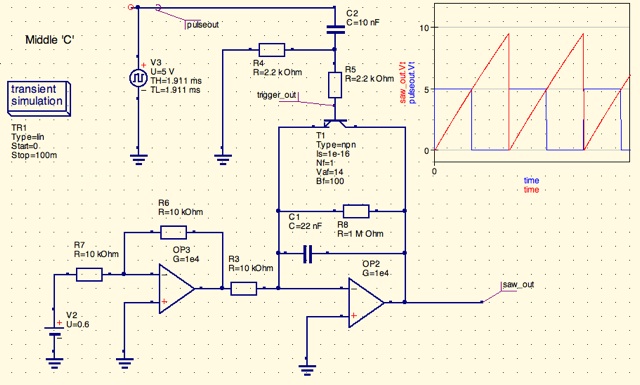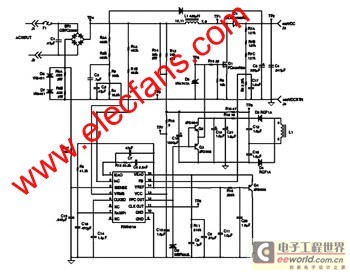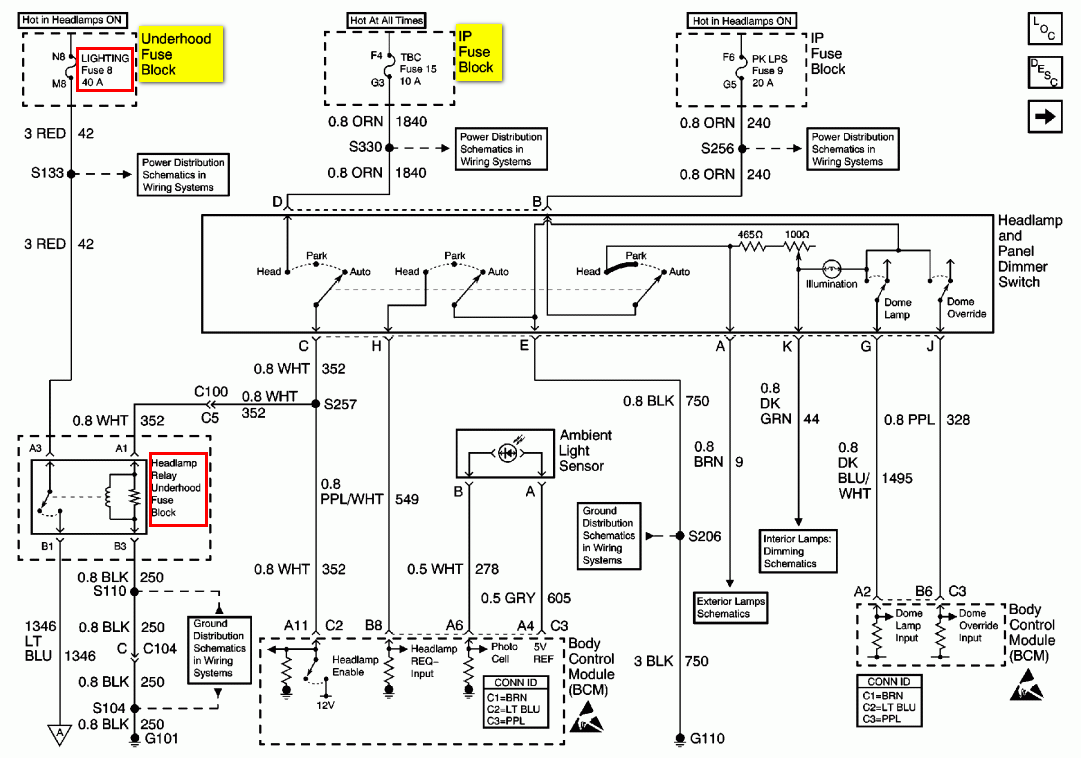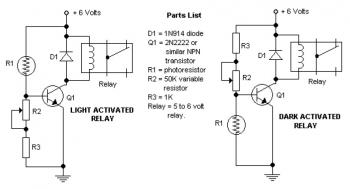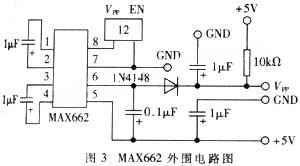
120VAC 10Amp DPDT Relay question aquarium design dpdt relay
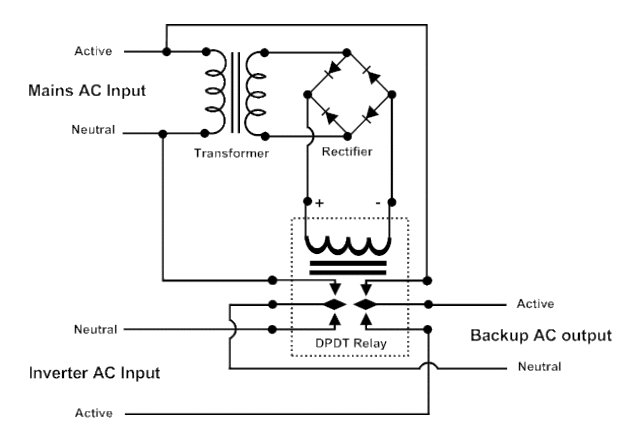
The aquarium design utilizes a DPDT relay and a 12V inverter. The selected relay is rated adequately for a 400-watt load. The 12V DC relay, transformer, and diodes consume minimal power, making efficiency a minor concern. It is unclear how the battery is being trickle charged or if it is operational.
The aquarium design incorporates a DPDT (Double Pole Double Throw) relay, which is essential for controlling multiple circuits within the system. This relay can handle a load of up to 400 watts, making it suitable for various applications, including powering lights, pumps, or filtration systems in the aquarium setup. The relay's configuration allows for the switching of two different circuits or devices simultaneously, providing flexibility in controlling the aquarium's electrical components.
The 12V inverter is a critical component that converts DC power from the battery to AC power, allowing for the operation of standard AC devices. The inverter's efficiency is enhanced by the low power consumption of the associated components, including the 12V DC relay, transformer, and diodes. These components work together to ensure that the system operates smoothly without drawing excessive power, which is particularly beneficial in battery-operated systems where energy conservation is paramount.
The trickle charging mechanism for the battery is an important aspect of maintaining battery health and ensuring a consistent power supply. This method of charging allows for the gradual replenishment of the battery's charge, which is vital for long-term operation. However, further clarification is needed regarding the specific method employed for trickle charging, as well as the operational status of the battery within the system.
Overall, this aquarium design effectively integrates a DPDT relay and a 12V inverter to manage power distribution while maintaining efficiency and reliability in its operation.aquarium design, dpdt relay, 12v inverter: ONE: The relay you have selected is rated plenty sufficient for a 400 watt load. TWO: The 12v dc relay, transformer and diodes are using very little power so efficiency is of little concern.
THREE: How are you tickle charging the battery? Is it running.. 🔗 External reference
The aquarium design incorporates a DPDT (Double Pole Double Throw) relay, which is essential for controlling multiple circuits within the system. This relay can handle a load of up to 400 watts, making it suitable for various applications, including powering lights, pumps, or filtration systems in the aquarium setup. The relay's configuration allows for the switching of two different circuits or devices simultaneously, providing flexibility in controlling the aquarium's electrical components.
The 12V inverter is a critical component that converts DC power from the battery to AC power, allowing for the operation of standard AC devices. The inverter's efficiency is enhanced by the low power consumption of the associated components, including the 12V DC relay, transformer, and diodes. These components work together to ensure that the system operates smoothly without drawing excessive power, which is particularly beneficial in battery-operated systems where energy conservation is paramount.
The trickle charging mechanism for the battery is an important aspect of maintaining battery health and ensuring a consistent power supply. This method of charging allows for the gradual replenishment of the battery's charge, which is vital for long-term operation. However, further clarification is needed regarding the specific method employed for trickle charging, as well as the operational status of the battery within the system.
Overall, this aquarium design effectively integrates a DPDT relay and a 12V inverter to manage power distribution while maintaining efficiency and reliability in its operation.aquarium design, dpdt relay, 12v inverter: ONE: The relay you have selected is rated plenty sufficient for a 400 watt load. TWO: The 12v dc relay, transformer and diodes are using very little power so efficiency is of little concern.
THREE: How are you tickle charging the battery? Is it running.. 🔗 External reference
